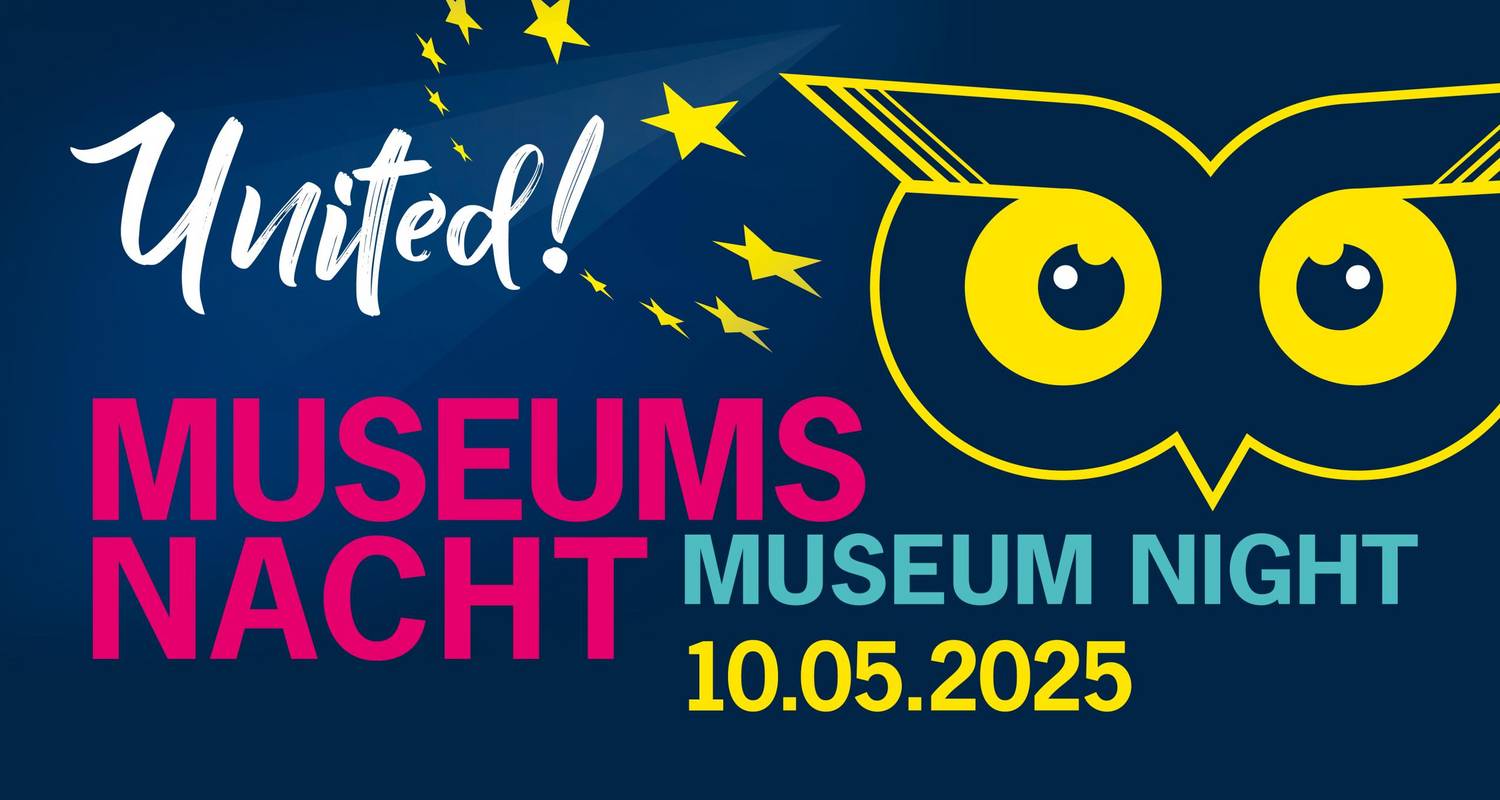Permanent exhibition
With the permanent exhibition we invite you on a journey through over 300 years of textile history. The focus is on warp knitting and knitting, that means the production of knitted fabrics. Pioneering ideas came from Limbach-Oberfrohna that significantly influenced the status of the textile industry in Saxonia.
Textile production shaped the development of the manor village to such an extent that the local history cannot be told without the industrial history.
Johann Esche is considered a groundbreaking pioneer for the textile industry. Through targeted use of the knitting chair technology, which was innovative around 1700, he made it possible to produce valuable silk stockings. Hosiery knitting quickly spread as a domestic craft. Further generations of the Esche family also shaped the textile manufacturing as merchants and entrepreneurs. The name of the museum is reminiscent of the Esche family of entrepreneurs.
Machine room and demonstration
Textile production in the industrial age is shown in the machine room. Historical textile machines provide a glimpse into the past, are fascinating due to the visibility of the machine elements including the transmission, convey the working life of previous generations and the textile technology know-how that shaped the region.
Find out about the boom in the glove industry around 1900 or the use of artificial silk in the rapidly growing knitwear production after World War I. Discover the achievements of local textile machine construction - warp knitting machines and special sewing machines for knitwear production.
In 1949, the MALIMO stitch-bonding technology was invented by Heinrich Mauersberger in Limbach-Oberfrohna. The only functional MALIMO 500 in Germany in a museum can be found in our exhibition.
The machines, some of which are more than 100 years old, come to life during demonstrations. Demonstrations take place every 2nd Saturday and every 4th Sunday of the month.













